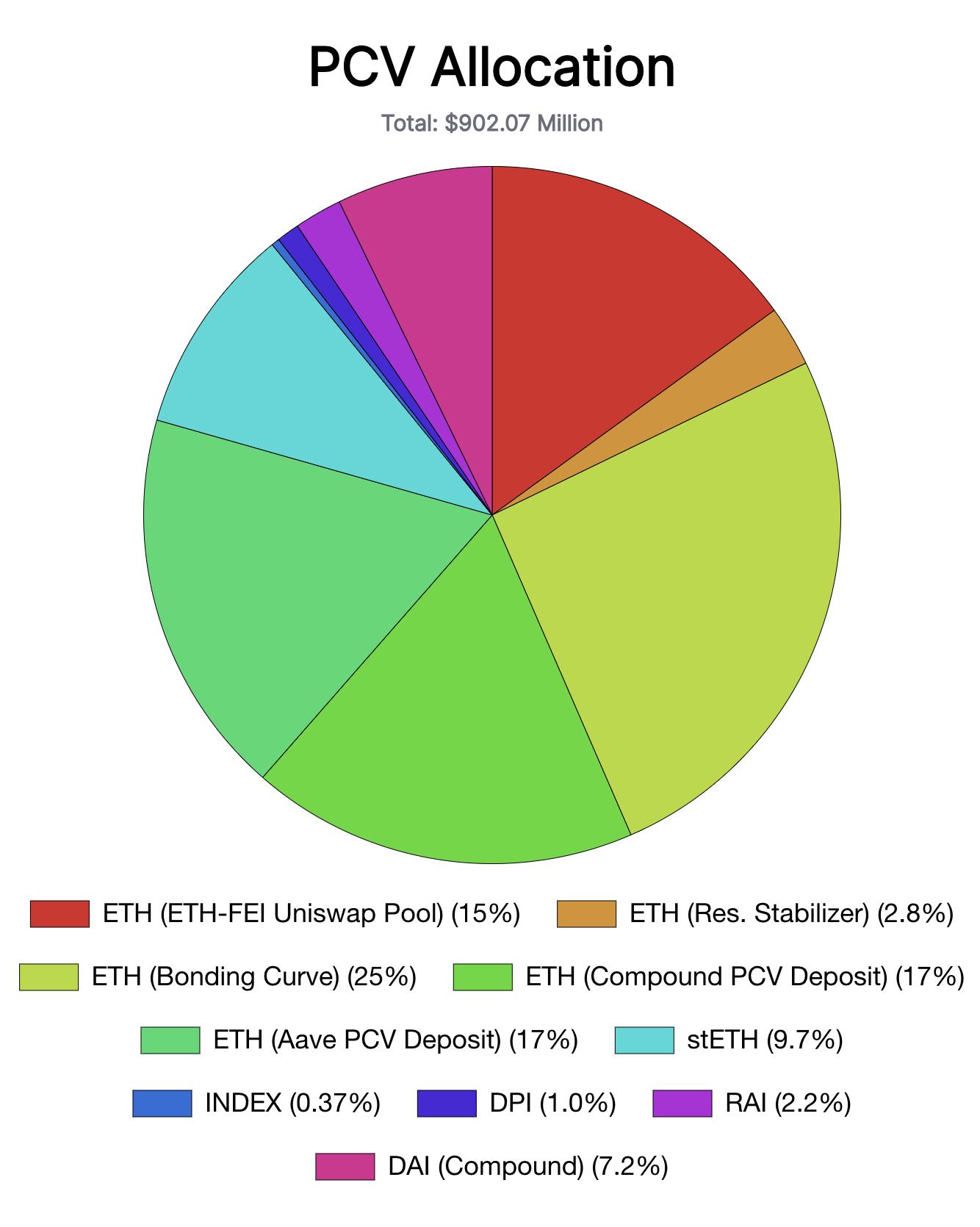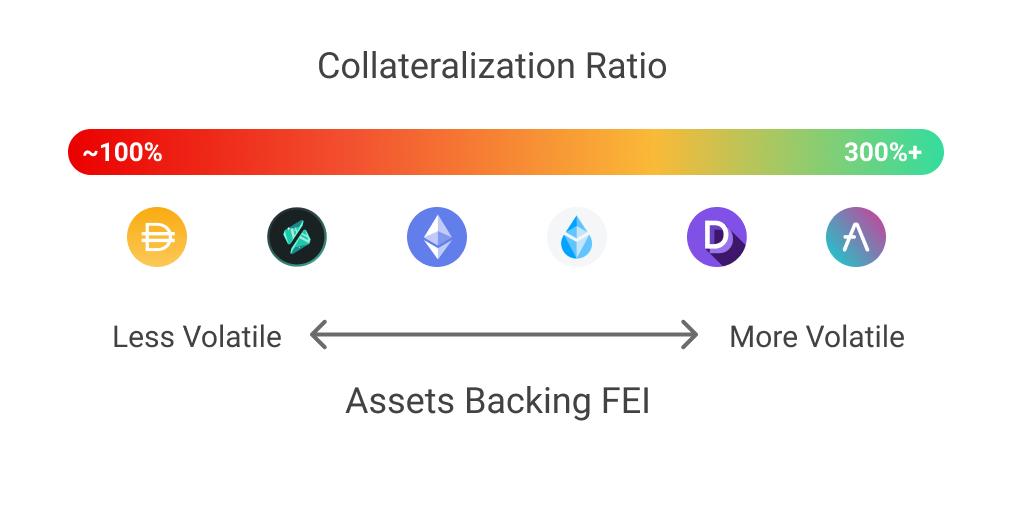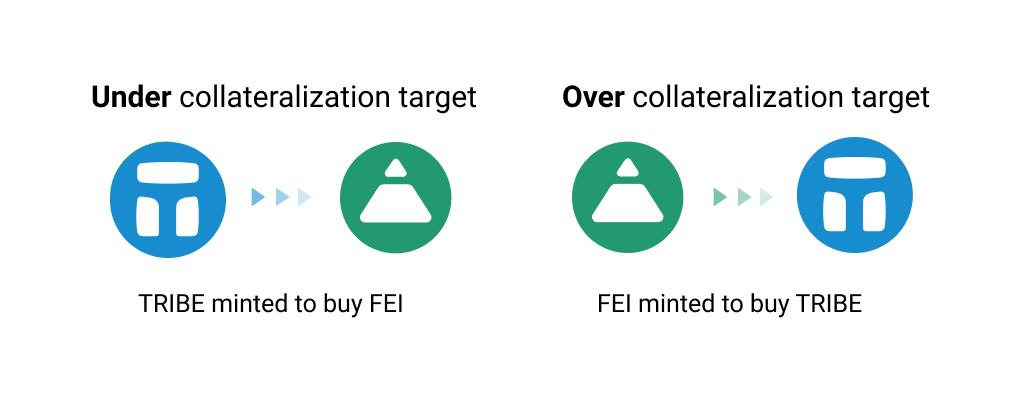What are the key points of the v2 version of the algorithmic stablecoin project Fei Protocol?
This article is from the Fei Protocol blog and is organized by Chain Catcher.
Yesterday, the algorithmic stablecoin project Fei Protocol announced that it will gradually launch version 2 in November this year to improve the stability, capital efficiency, and scalability of FEI.
According to the blog, version 2 will focus on improvements in three areas: ensuring a 1:1 peg of FEI to the US dollar, managing risks, liquidity, and returns through an algorithmically controlled Balancer v2 investment pool, and adding incentive properties to the governance token TRIBE, encouraging governance through TRIBE buybacks and backstop measures to maintain FEI's target reserve ratio.
In terms of the peg mechanism, in version 2, all FEI can be directly redeemed for protocol reserve assets. Additionally, the target reserve ratio for Fei v2 will be close to 100% to ensure the stability of the peg. Any shortfall below 100% will be supplemented by governance.

In terms of risk and liquidity management, Fei v2 will manage volatility risk algorithmically through a customized Balancer v2 investment pool. Currently, Fei Protocol's PCV (Protocol Controlled Value) consists of 6 different assets, including ETH, stETH, INDEX, DPI, RAI, and DAI. Except for DAI and RAI, the other assets have high price volatility.
Version 2 will measure the leverage level of PCV and adjust it through an algorithm called the "risk curve," assigning different weights to different leverage levels. When the PCV approaches 100% of the collateral reserve level, the leverage level will be higher, and the risk curve will algorithmically adjust the PCV weights to lean towards more stable assets like DAI and RAI.

Among them, Balancer v2 provides tools for this management process: configurable weights, meta-governance, and asset management companies for re-collateralization yield, as well as circuit breakers to mitigate risks of specific assets.
Finally, the "backstop" responsibility for risk control will be borne by the governance token TRIBE of Fei Protocol. In version 2, TRIBE holders will become direct beneficiaries of PCV performance and risk bearers.

In terms of risk bearing, if the PCV falls below the target reserve ratio, TRIBE will be minted to purchase FEI tokens.
When the PCV generates returns and appreciates, the excess value will be partially used for TRIBE token buybacks, with the repurchased TRIBE distributed according to governance control ratios to the DAO treasury, staking rewards, etc. This measure will incentivize TRIBE holders to enhance protocol equity (PCV returns and appreciation) while increasing their governance participation.
"By combining buybacks and support mechanisms, the TRIBE token becomes an incentive to optimally manage PCV and prevent tail risks," the team stated.
In addition, apart from the DAO-DAO collaboration use cases in version 1 such as Aave and Compound, Fei v2 will also open up new use cases like Liquidity as a Service (LaaS).











